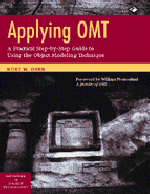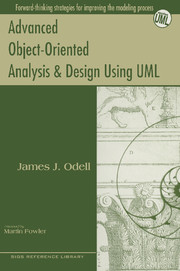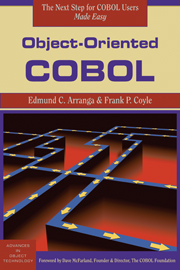Applying OMT with Diskette
Applying OMT was written to illustrate the process for implementing an application using the very popular Object Modeling Technique (OMT) created by James Rumbaugh. Designed as a how-to guide, this book instructs readers on the implementation process and on practical approaches for OMT. By using a typical business application as a case study, the author begins his instruction with such fundamental concepts as modeling and prototyping and then moves into specific implementation strategies using C++ and Smalltalk code. Providing the code allows the reader to see first-hand how the code is mapped into the model and also allows each reader the flexibility to extend or modify the code as needed. Through this format, readers are exposed to the complete modeling process from start to finish and receive all the guidance provided in the method.
- An in-depth blueprint of the total process for implementing OMT
- An illustration of the development of modern GUIs using object-oriented languages and COTS tools
- The Smalltalk and C++ codes are also contained on a diskette in the back of the book
Product details
December 1997Paperback
9780132313902
560 pages
230 × 179 × 32 mm
0.905kg
Unavailable - out of print
Table of Contents
- 1. Introduction
- 2. Building the electronic filing object model
- 3. Developing a dynamic model for electronic filing
- 4. Constructing the electronic filing function model
- 5. Summarizing key operations and iterating the analysis
- 6. Designing and specifying the application Interface
- 7. System design
- 8. Object design
- 9. Deciding on implementing for objects
- 10. Summary and lessons learned
- Appendices.







